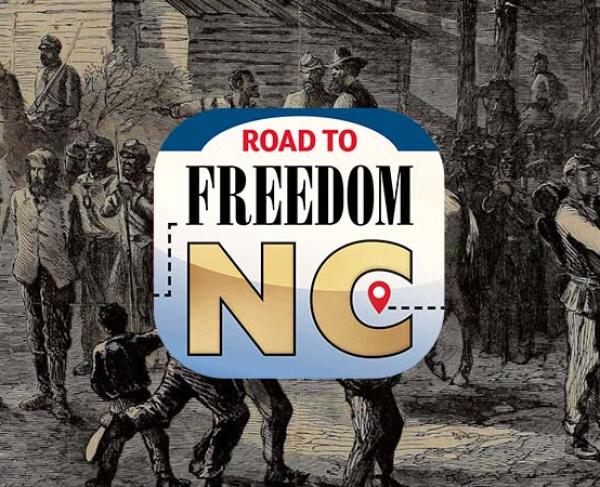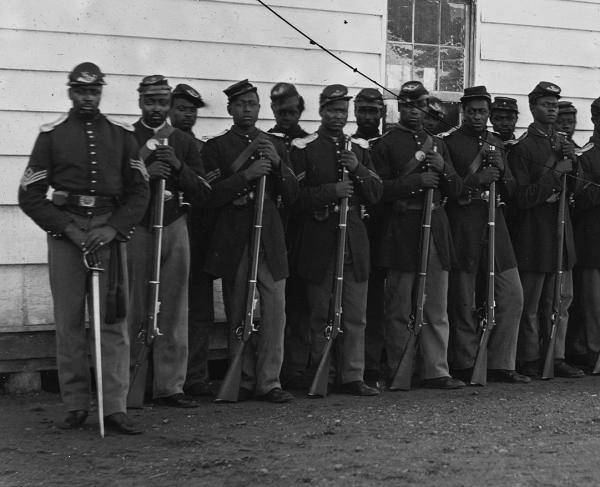The Lynching Of John Humphries
North Carolina
Pack Square Park
College and South Spruce Streets
Asheville, NC 28801
United States
This heritage site is a part of the American Battlefield Trust's Road to Freedom: North Tour Guide app, which showcases sites integral to the Black experience during the Civil War era. Download the FREE app now.

On July 15, 1888, a mob of 25 to 40 white men lynched John Humphries, a Black teenager. Previously, on July 14, the daughter of a white planter reported being assaulted in the woods. Race-based suspicion was immediately directed towards Black men and boys. Later that evening, without any evidence connecting him to the assault, police nonetheless arrested John Humphries.
Police officers forced the teen to change into a striped shirt and remove his shoes so that he would fit the description of the alleged assailant before they took him to the planter’s home, where a false identification was obtained. John was jailed. The following morning, a masked mob broke into the jail and law enforcement unlocked the cell doors, allowing the mob to kidnap John. The mob then hung the child from a tree within a few hundred yards of the jail. White mobs regularly displayed complete disregard for the legal system and the constitutional rights of their Black victims.

Law enforcement routinely failed to protect Black people in their custody, even though they had a legal obligation to do so. As in this case, officers sometimes directly assisted or even participated in lynchings. Although two people — including the sheriff — identified at least one mob member by name, no one was held accountable for the racial terror lynching of John Humphries.”
These words appear on a historical marker placed here in 2021 by the Buncombe Community Remembrance Project and the MLK Association of Asheville and Buncombe County in partnership with the Equal Justice Initiative. In planning this remembrance, the Buncombe Community Remembrance Project engaged with over 25 community organizations, including educational institutions, cultural centers, city and county offices, advocacy groups and faith institutions, before siting this marker near where the jail once stood.

